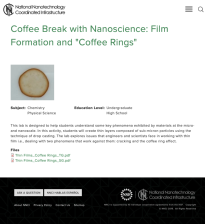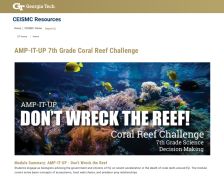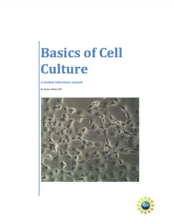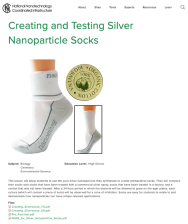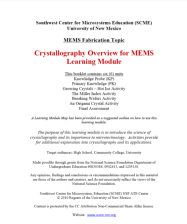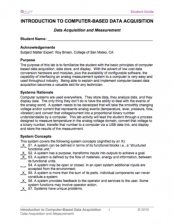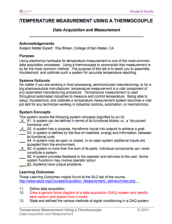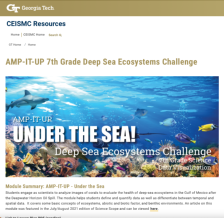Browse Resources
Instructional Material -- Student Guide
Resources |
|---|
This lab, presented by the National Nanotechnology Coordinated Infrastructure, will help students begin to understand nanotechnology, specifically behaviors of materials at the nanoscale. Students will "explore two factors affecting the thin film deposition, film cracking and the formation of...
This resource, published by Georgia Tech Research Institute, features a biology and ecology activity designed for seventh graders. In this activity, students learn about the destruction of coral reefs in Fiji through the lesson and videos, and then act as biologists making recommendations to the...
Program Description
Bio-Link offers a number of Course-in-a-Box resources intended for instructors to adapt and introduce into new courses. These collections of resources have been compiled and contributed by instructors of Bio-Link programs. Resources can include course descriptions, student...
This resource, published by Georgia Tech Research Institute, features a mathematics activity designed for seventh graders. In this activity, students "model and graph scientific investigation data related to pheromone concentration versus blue crab mating and predator events." After that, students...
This lesson, presented by the National Nanotechnology Coordinated Infrastructure, provides students with the opportunity to "use the pure silver nanoparticles they synthesize to create antibacterial socks." Using a relatable medium like socks allows students to synthesize new information on and...
Module Description:
This module, from Support Center for Microsystems Education (SCME), introduces "the science of crystallography and its importance to microtechnology." This module is divided into the following six units: Knowledge Probe (KP), Primary Knowledge (PK), Growing Crystals - Hot Ice...
This 11-page lab is provided by eSyst: Tools for Electronics Education and is intended to familiarize students with the basic principles of computer based data acquisition, data store, and display. The lab includes a description, system concepts, learning outcomes, learning objectives, lab...
This 4-page lab, provided by provided by eSyst: Tools for Electronics Education, covers temperature measurement using a thermocouple. The purpose of this lab is to teach users how to assemble, troubleshoot, and calibrate a temperature measurement system for accurate temperature reporting. The lab...
This resource, published by Georgia Tech Research Institute, features an ecology and data visualization activity designed for seventh graders. In this activity, students color-code and quantify data from images of coral to evaluate the health of coral impacted by the Deepwater Horizon Oil Spill. The...
Module Description:
This module, from Support Center for Microsystems Education (SCME), introduces "students to the common processes used to deposit thin films in the fabrication of micro-size devices." This module is divided into the following six units: Knowledge Probe (Pre-test), Primary...
|
| ← PreviousNext → |
